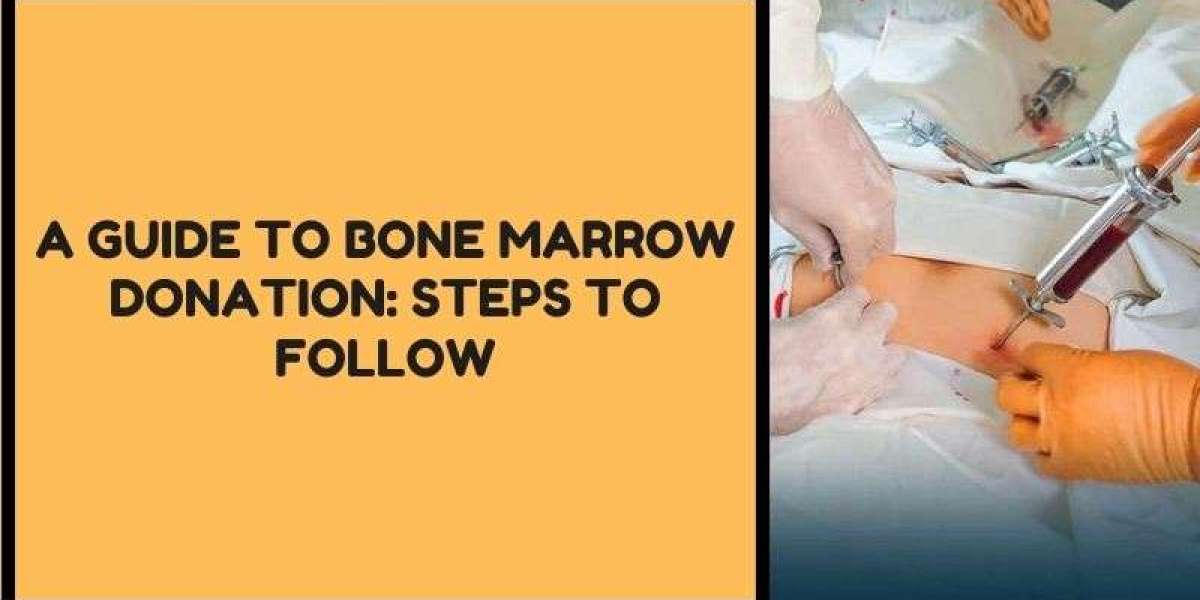Bone marrow donation is a life-saving act of kindness that can make a world of difference to someone suffering from blood-related diseases like leukemia, lymphoma, or aplastic anemia. The cost of a bone marrow transplant can vary widely depending on the country, hospital, and whether the patient has insurance coverage. In the U.S., the bone marrow transplant cost can range from $350,000 to over $800,000. If you've ever considered donating, or are simply curious about how it works, this guide will walk you through the entire process—from registration to recovery.
What Is Bone Marrow and Why Is It Important?
Bone marrow is the soft, spongy tissue found in the center of certain bones, such as the hips and thighs. The bone marrow plays a crucial role in producing blood cells—red blood cells, white blood cells, and platelets. In diseases like leukemia, the bone marrow produces abnormal cells that can’t function properly. A bone marrow transplant can replace the diseased marrow with healthy stem cells, giving the patient a second chance at life.
Types of Bone Marrow Donation
There are two main types of donation:
- Peripheral Blood Stem Cell (PBSC) Donation: This is the most common method. Donors receive medication for several days to increase the number of stem cells in their bloodstream. The cells are then collected through a process similar to donating plasma.
- Bone Marrow Harvest: This involves collecting marrow directly from the pelvic bone using a needle. The procedure is done under anesthesia, and donors typically recover in a few days.
Steps to Follow for Bone Marrow Donation
Step 1: Register as a Donor
The first step is to sign up with a bone marrow donor registry. In many countries, organizations like Be The Match (U.S.) or DKMS (globally) allow you to register online. After signing up, you’ll be sent a cheek swab kit to collect a sample of your DNA. A sample of your blood is used to determine your human leukocyte antigen (HLA) type.
Step 2: Wait for a Match
Once you’re registered, your HLA type is added to a global database. If a patient in need has a matching HLA type, you may be contacted. This can happen quickly or may take years—or you may never be matched at all.
Step 3: Health Screening and Consent
If you’re identified as a match, you’ll undergo a thorough health screening to ensure you’re physically able to donate. You’ll also receive detailed information about the procedure and be asked to give your consent.
Step 4: Donation Process
Depending on the type of donation needed (PBSC or marrow harvest), you’ll follow a specific procedure:
- For a PBSC donation, you’ll receive injections of filgrastim for five days to stimulate stem cell production. On the fifth day, your blood is drawn, and the stem cells are separated out using a machine.
- For a marrow harvest, you’ll go under general or local anesthesia, and a doctor will extract marrow from your pelvic bone.
Step 5: Recovery
Recovery time varies depending on the donation method. PBSC donors typically feel back to normal within a few days, while marrow donors may take a week or two. Any side effects are usually minor and temporary.
Why Your Donation Matters
Many patients, especially those with rare genetic backgrounds, struggle to find a compatible donor. Ethnic diversity in the donor registry can greatly improve the chances of finding a match. Your donation could be the only lifeline for someone in desperate need.
Bone Marrow Transplant Success Rates
One of the most encouraging aspects of bone marrow donation is the high bone marrow transplant success rate in suitable candidates. The success of a transplant depends on several factors, including the patient's condition, age, and how closely the donor and recipient match. In general, children and younger patients have higher survival rates. On average, bone marrow transplant success rates can range from 60% to 90% for certain blood cancers when a fully matched donor is found.
Bone Marrow Transplant Cost: A Financial Consideration
While the donor typically incurs no cost, the patient and their family must often prepare for significant medical expenses. This includes pre-transplant evaluations, hospital stays, post-transplant care, and medications. Financial assistance programs and insurance can help manage some of these costs, but the burden remains high for many families.
Myths vs. Facts About Bone Marrow Donation
Myth 1: Bone marrow donation is extremely painful.
Fact: Most donors describe it as uncomfortable but manageable. With anesthesia, there’s no pain during the marrow harvest, and PBSC donation is mostly painless.
Myth 2: Donating weakens your immune system.
Fact: Your body naturally replenishes the donated cells within a few weeks, and your immune system returns to normal shortly afterward.
Myth 3: You have to undergo surgery.
Fact: PBSC, the more common method, involves no surgery at all.
How You Can Help
If you’re between 18 and 40 and in good health, consider registering as a bone marrow donor. Even if you're not a match, your willingness to help can make a huge impact in expanding the donor registry and encouraging others to do the same.
Conclusion
Bone marrow donation is a profoundly generous act that can save lives. With straightforward steps and support from donor organizations, becoming a donor is easier than many people think. While the cost of a bone marrow transplant remains a challenge for many families, the remarkable bone marrow transplant success rate provides hope and underscores the importance of expanding the global donor registry.
For More Details:- (Click Here)


